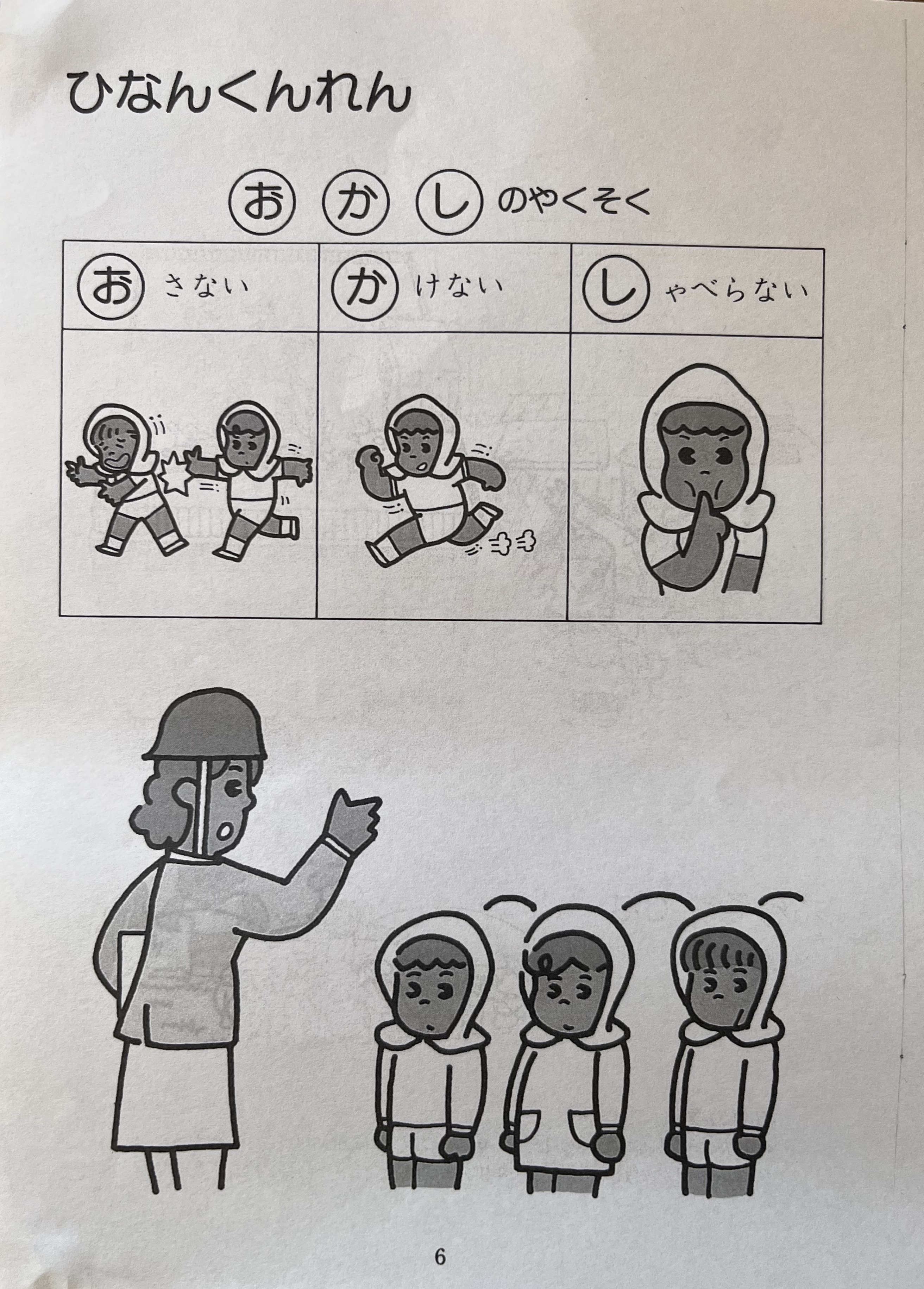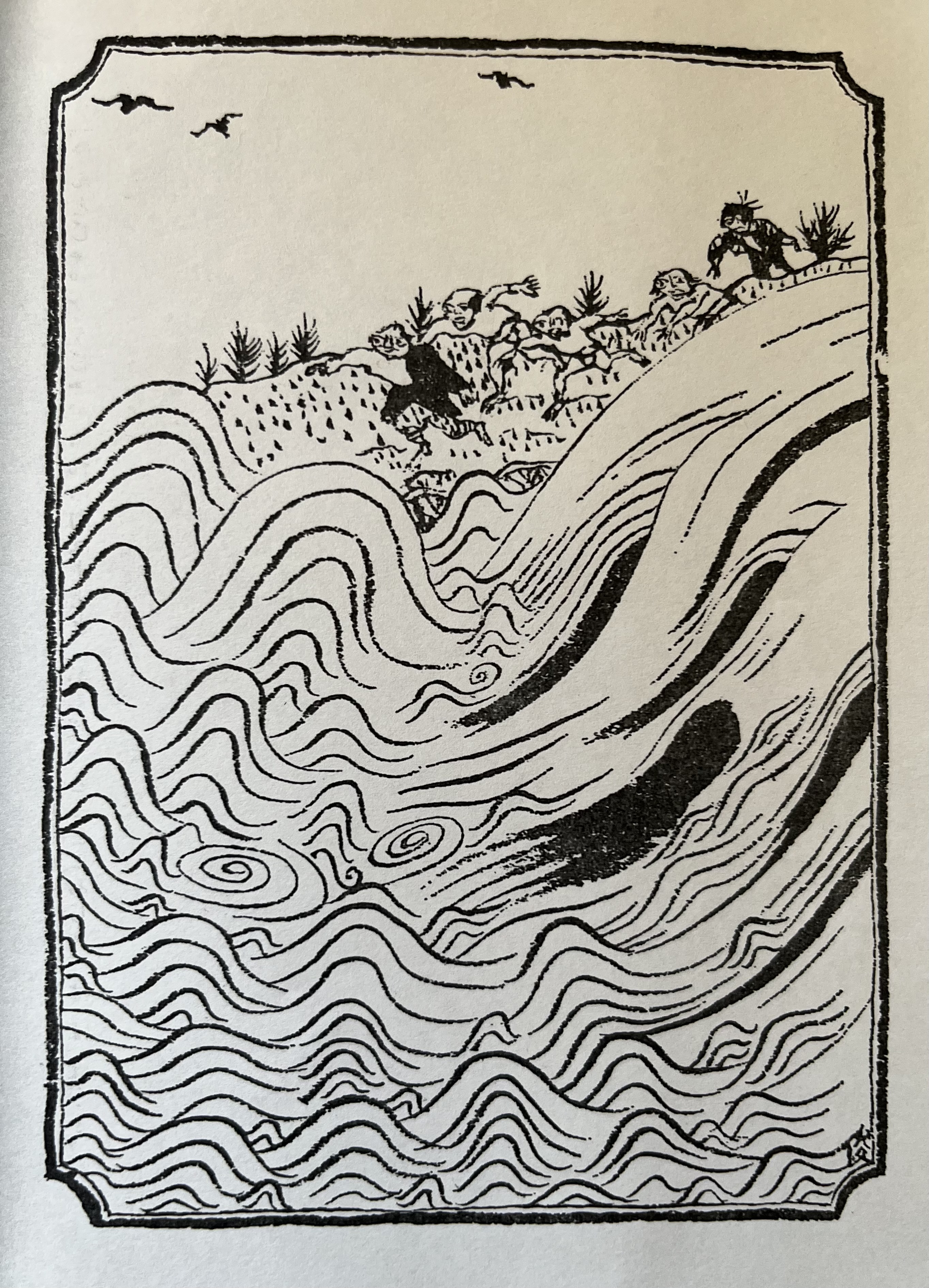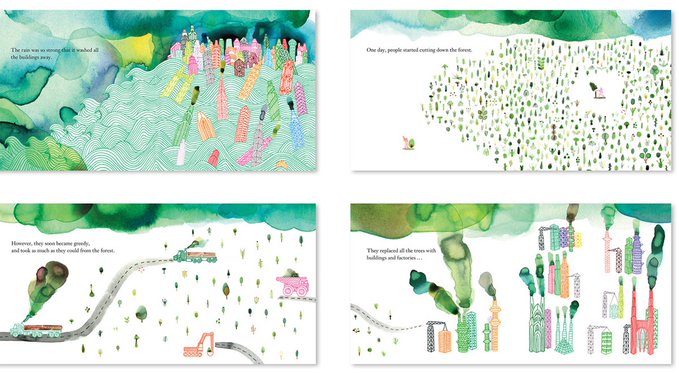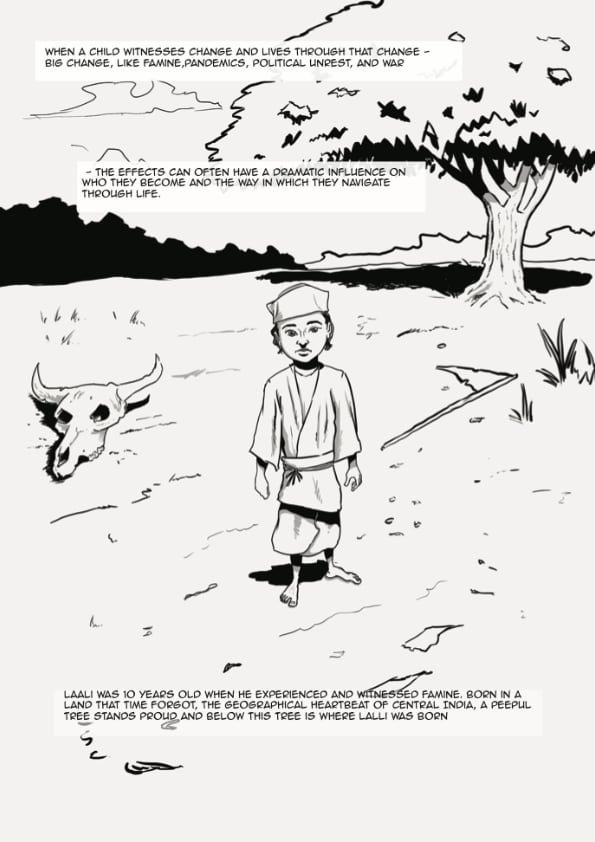Emergency Play Aid: Play to Promote Disaster Resilience
2019-present
Funded by GCRF
PI: Penny Curtis/ Jill Thompson, University of Sheffield. Co-I: Dylan Yamada-Rice
This is a network project to explore the promotion of disaster resilience in children. It draws together academics from the UK, Fiji, Samoa and New Zealand.
The initial network idea drew on research that has shown how children are more vulnerable to the effects of disaster and yet the mental and behavioural outcomes in children following disasters, and their post-disaster psychological reactions (anxiety, depression, phobias etc.) are often not identified.
Our network draws together interdisciplinary researchers to recognise the negative effects of disasters and the importance of promoting disaster resilience in order to better protect and help children that may develop post-traumatic mental health illnesses. To do so we are exploring the potential for culturally appropriate, sustainable, pre- and post-disaster public health interventions.
Pacific Island Countries and Territories are at heightened risk of natural disasters and there is growing concern that climate change will increase the extremity and frequency of extreme weather events in the region (Lafale et al, 2018, World Bank, 2012). Globally, substantial evidence attests to the effects of disaster-related, mass trauma on the mental health and psychosocial wellbeing of children (Kar, 2009), and the promotion of children’s resilience in these contexts has been noted as a global priority (Masten & Narayan, 2012). With relatively young populations, the number of children potentially affected in Fiji and Samoa, where this project is based, is significant.
While guidelines emphasise the potential of disaster preparedness and response interventions to support children’s resilience (Masten & Narayan, 2012), evidence from rigorous evaluations of their effectiveness is extremely limited (Masten & Narayan, 2012; Maynard et al, 2019). In Samoa and Fiji, strong cultural norms influence intergenerational communication and perceptions of mental health: mental health difficulties are often stigmatized (Subicaa et al, 2019) and hierarchies of respectful communication mean that it is not culturally appropriate for children to express their feelings openly to adults. There is, therefore, an urgent need to understand the potential for culturally appropriate, sustainable, population level public health measures that support children’s disaster-related resilience.
Aims & Objectives
The overarching aim is to develop an interdisciplinary network to research feasible, culturally appropriate, sustainable, public health interventions to promote children’s disaster-resilience in Fiji and Samoa. This will be achieved by:
1) documenting current strategies and processes for managing pre- and post-disaster psychosocial support for children in the Pacific, identifying strengths and challenges. Tropical cyclone Winston (Fiji 2016) and the 2009 Tsunami (Samoa) will be case studies.
2) conducting fieldwork in Fiji and Samoa with children, families, communities, NGOs, faith-based and governmental organizations to identify issues and challenges associated with developing and implementing disaster-related psychosocial support for children.
3) considering 1&2 in light of current knowledge regarding disaster-resilience work, paying particular attention to the potential of interventions involving play and expressive arts within the cultural and infrastructural realities of Fijian and Samoan contexts.
4) promoting capacity building in partner organisations
5) planing for and prioritise research to develop/refine and evaluate sustainable, culturally appropriate intervention/s

Testing Research Methods
The objectives of the project are to begin a process of co-designing ideas that will feed into ideas for a product to help children post natural disasters. The research questions are:
1. What non-digital toys bring children comfort?
2. What are children's favourite non-digital toys?
3. What elements of character design are favoured by primary school aged children.
4. To what extent are the methods of co-design successful with engaging primary school aged children.
The answers to questions 1 and 2 are to explore the kinds of toys we should include in the design of a play kit to help children after natural disasters. The answer to the third question will feed into the design of an earthquake protection hat commonly worn by school children in disaster prone areas. The answer to the fourth question will help us refine the methods to be used by our project partners in Fiji.
I will undertake 4 workshops in primary school classes in the UK. Each workshop will be based on art and design methods.
An outline for the design of the workshop is as follows:
Introduction to the project
- Explain to class how we create play can help children in difficult situations
and that often children have good ideas for helping other children
-
Explain the context of Fiji.
Sometimes in other countries children face flooding or earthquakes and they have to leave home while things are repaired. We are
thinking about ideas to make it easier for other children to relax or have fun when there are big changes like this or if children feel
worried
-
Seek verbal consent
Children asked to draw their favourite non-digital toy on a postcard for children in Fiji
-
Can only choose one toy
-
Think about why it is their favourite
-
This activity will help us understand the kind of non-digital toys children value most in order to build this into our design
Pack a Suitcase: suitcase is placed at the front of the classroom and children are asked to think about four things they would want to take with them if they had to leave their home for a while
-
What would help them have fun and relax?
-
Working in pairs they cut out images from
a catalogue and place them in the suitcase
-
Work in Pairs to choose 4 things
Design an earthquake protection hat: Participants are shown the hats children wear in earthquakes to protect their heads (it looks like a cushion split in half that can be worn over the head)
-
We will explain to the children that we want to find ways to make these more fun by turning them into characters
-
Children will work in small groups to decorate their own earthquake hat
The methodology draws on theories of co-design and cultural probes which uses art and design materials as prompts to allow participants to take part in design processes. They work particularly well when the participants are not professional designers (as is the case with the child participants in this study) but so that their ideas can be included in a tangible way to professional design processes. I have a decade of experience of using these methods with children in this way.
Testing the methods in a country not prone to natural disasters means we will not be exposing children to anxieties or stress and will allow us to test the methods for engagement and results before we consider using them with our Fijian partners. However, that latter stage of research is not part of the ethical approval being sought here.
Blog
Some initial background ideas to this research began much earlier when exploring the top of how to help children post-disaster in Japan. In 2019 on a trip to Japan, myself and some collegues began by looking at resources that already exist for children to help them prepare for disasters.
International Library of Children’s Literature, Tokyo
We began by researching the types of books that already exist for young children about natural disasters. The aim was to understand if there were common themes across them.



A traditional Mongolian story about a man who talk to animals. The animals tell him a flood is coming but that he cannot warn other humans which he does. The humans are saved but the man is punished by being turned to stone.



Picture books about tsunamis:



Information for school children about earthquakes:






A traditional story about diverting a river so it doesn’t flood homes:



Wider Examples of Literature
I reached out on Twitter to ask others if they new of books about natural disasters in other parts of the world and recieved the following examples:






















Other organisations have documented books that can be helpful for discussing trauma. See here.
Project References
Kar, N. Psychological impact of disasters on children: review of assessment and interventions. World J. Pediatr. 5, 5–11 (2009).
Lafale, P. F., Diamond, H. J. & Anderson, C. L. Effects of Climate Change on Extreme Events Relevant to the Pacific Islands. Pacific Marine Climate Change Report Card. Science Review (2018).
Masten, A. S. & Narayan, A. J. Child Development in the Context of Disaster, War, and Terrorism: Pathways of Risk and Resilience. Annu. Rev. Psychol. 63, 227–257 (2012).
Maynard, B. R., Farina, A., Dell, N. A. & Kelly, M. S. Effects of trauma-informed approaches in schools: A systematic review. Campbell Syst. Rev. 15, 1–18 (2019).
Subicaa, A. M. et al. Mental illness stigma among Pacific Islanders. Psychiatry Res. 273, 578–585 (2019).
World Bank. Pacific Islands: Disaster Risk Reduction and Financing in the Pacific. (2012). Available at: https://www.worldbank.org/en/results/2012/04/01/pacific-islands-disaster-risk-reduction-and-financing-in-the-pacific. (Accessed: 29th August 2019)